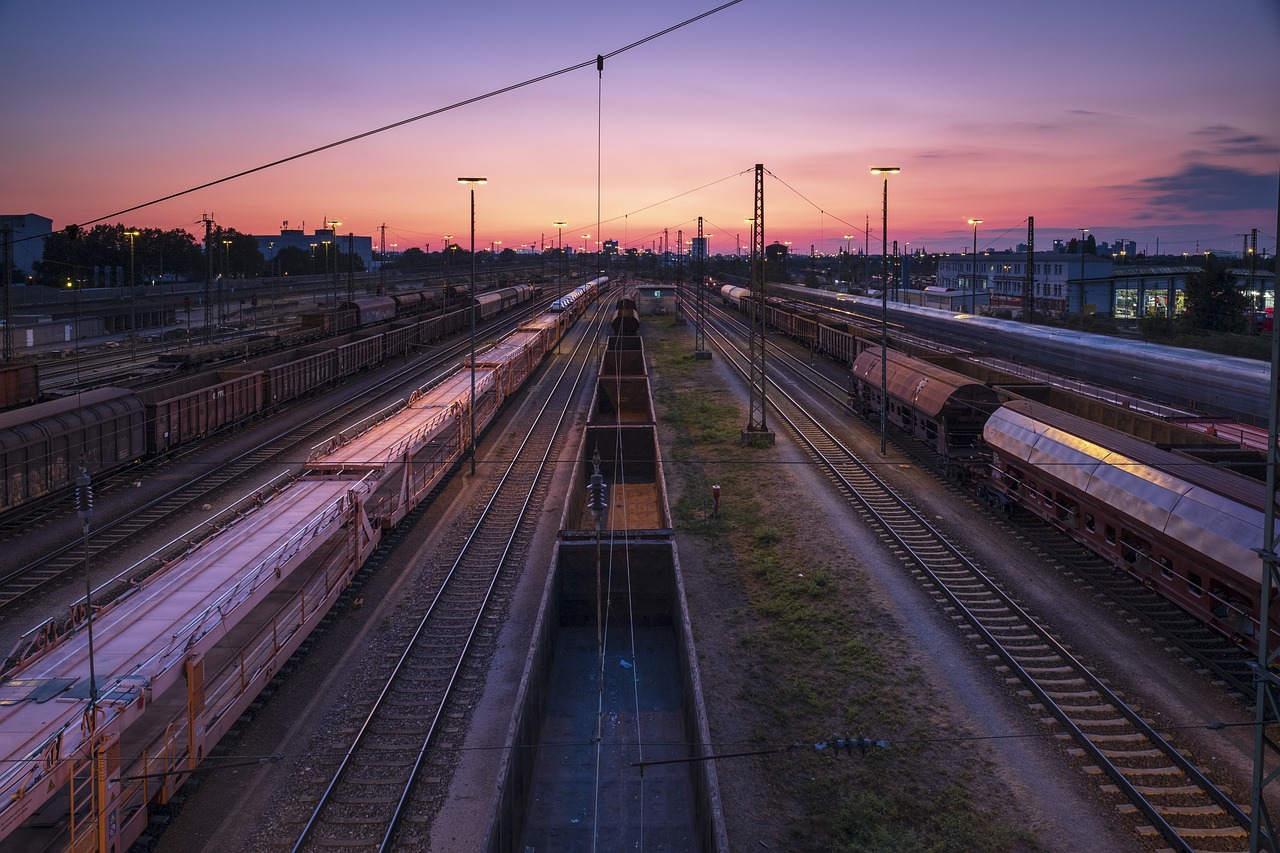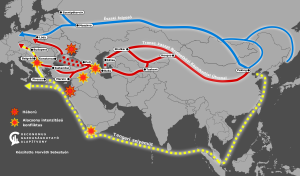
The line will be completed by 2025, according to Hungarian estimates and by 2026 according to Serbs.Continue reading

The war in Ukraine has radically rearranged transport routes, with the disappearance of the Northern Corridor, previously the fastest, shifting freight traffic to two other routes. In this situation, the role of the Budapest-Belgrade railway line has become even more important.
With the disappearance of the former alternative route, the Northern Corridor, the flow of goods from China to Western Europe has shifted to the Central Corridor and the Maritime Silk Road, reports Magyar Nemzet, citing an analysis by Oeconomus. The analysis looks at how transport routes have changed over the past two years. In this context, they point out that imports enter the customs union from the Balkan Peninsula, mainly from Piraeus in Greece and Constanta in Romania. Then, Belgrade, Budapest, and Zagreb become major hubs for the trading of goods between Europe and East Asia.
Under EU rules, products entering the customs union must clear customs in the first country of entry, so the transit revenues from increased Balkan trade will provide a significant additional source of revenue for Hungary, even though a significant share of these revenues will have to be paid into the EU budget.
The transformation of global supply chains is causing the Budapest-Belgrade railway line to become more valuable.

Source: Oeconomus Economic Research Foundation
As a result, the Belt and Road Initiative (BRI) project may take only a few years to become profitable. The return on investment would also require taking into account indirect benefits that are difficult to quantify, such as reduced transport time or environmental impact. The Budapest-Belgrade railway line will allow goods to reach the Netherlands from the port of Piraeus in seven days.
In addition to the revenue generated by the transit of goods, the investment will also have the added benefit of improving Hungary’s logistics infrastructure and subsequently, its ability to attract capital,
the analysis points out.
A country with an established freight network is a more favorable investment destination, and therefore may be the preferred choice for entrepreneurs when making an investment decision.
As Oeconomus writes in its analysis, Hungary’s geographical location makes it a strategic bridge between Europe and Asia, a key link in the transit of goods between the two regions. However, the bottlenecks in logistics infrastructure hamper the country’s ability to exploit this potential. A long-term approach is needed to solve this problem.
Although Hungary already connects Western European and Balkan markets, the possibilities for freight trains to cross the Danube, especially in Budapest, need to be expanded.
The construction of the V0 railway ring around the capital is not sufficient to improve the load capacity of the rail system due to the density of passenger trains. In addition, the development of logistics infrastructure must also include an increase in storage capacity by creating hubs outside of Budapest, they note.
Both sections of the Budapest-Belgrade railway line are expected to be completed by 2025. The initial total cost of the 152-kilometer Hungarian section, including interest, is USD 2 billion. The remaining 200-kilometer Serbian section will cost USD 1.6 billion. The lower unit (per kilometer) cost of the Serbian section is due to the fact that parts of this phase only need to be upgraded.
The project will reduce the transport time between the two capitals from the current eight hours to three and a half hours.
Via Magyar Nemzet, Featured image: Pixabay